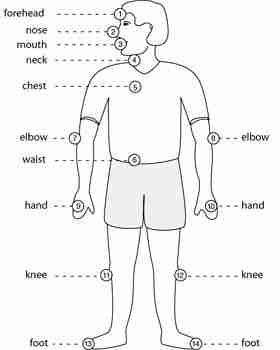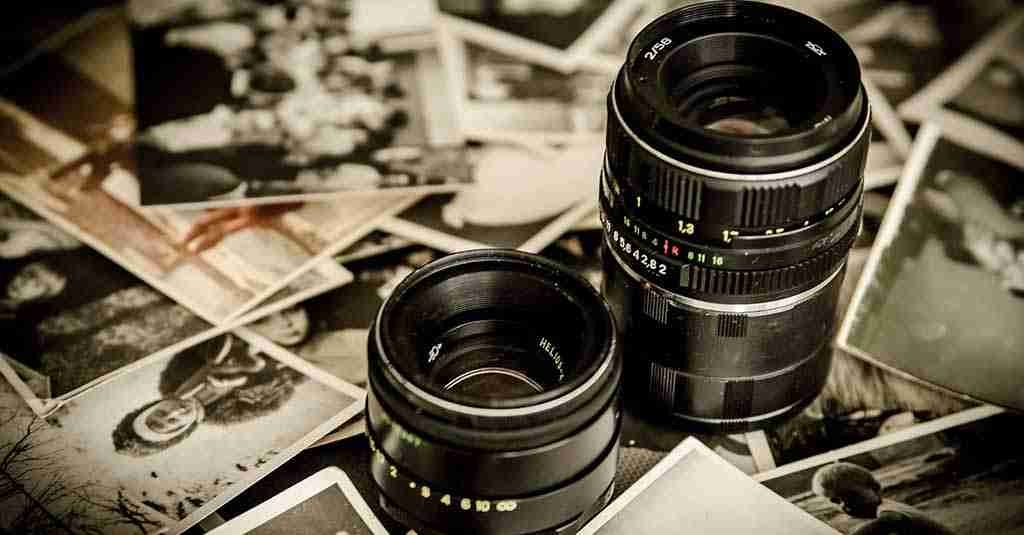Introduction
Perhaps it’s just nostalgia because the body memory system is the first one I learned, but I love this technique. It’s fast, easy, and effective!
Unlike the memory palace and memory journey, you can see and touch the different locations on your body, which, for me, helps trigger the memory of what I want to remember.
This system is best for simple lists that you need to remember. Whether it is a vocabulary quiz at school or a shopping list, this technique will help you out.
Step One
Use the diagram below to help organize the spots where you will store information. While keeping the same order is not essential, being consistent is important. You don’t want to miss an item because you skipped the spot where you put it.

Step Two
Use the principles described in the link system (click here for more details). Apply the SAME method (Substitution, Absurdity, Movement, and Exaggeration) to the terms you want to remember.
For example, if you are memorizing a grocery list and bananas are on it, make up a crazy image for bananas. In my mind, an ape is stuffing bananas in its mouth. The primate gets bigger and bigger until it explodes. I slap this mental image on my forehead, which is the first memory slot.
Practice
Since our diagram has fourteen spots, I will provide you with a fourteen-item grocery list:
- Bananas
- Fish
- Can of creamed corn
- Pork chops
- Bleach
- Cheddar cheese
- Chickpeas
- Onions
- French Fries
- Bread
- Meatballs
- Rice
- Chamomile tea
- Vanilla ice cream
Make each association fun, weird, and a little crazy. You’ll find that remembering the list is very fast and effective. It won’t take long to master the body memory system.
Conclusion
The body memory system is the first technique I learned. Thinking up associations using the SAME principles was a slow process when I first started. I never really knew what to imagine. I felt uncreative because it took me so long.
If you’re experiencing that same frustration, take a short break and come back to it. It takes a little time to develop the skill. The thing to keep in mind is that the images make sense to you. It doesn’t have to make sense to anyone else. While developing memory skills, you are also developing creative skills. The two go hand-in-hand.
If you keep working at creating associations, you’ll find that soon the images and mind movies pop into your head, even before you try to do it. When that starts happening, memorizing pages of information is much easier.
Join Conrad Andrews on Facebook to get updates on the latest techniques in learning.







